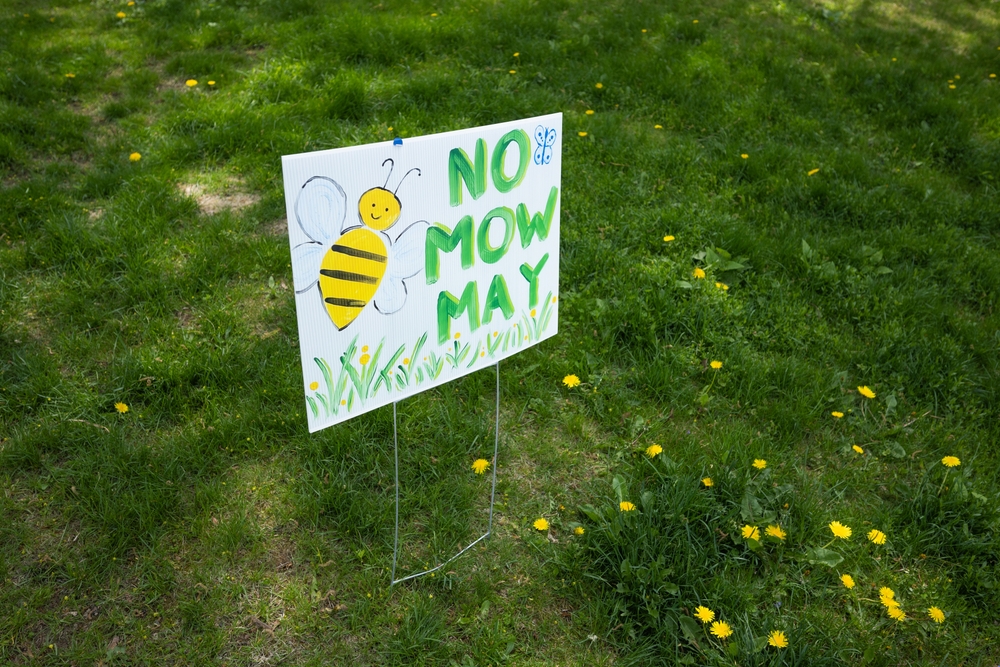Top companies look to insects for business innovations
What can a major company learn from ants? Plenty. So much, in fact, that Siemens, the German electronics giant, is shifting a part of its production process to an operational method inspired by these industrious six-legged insects. Siemens is seeking the fastest way of transporting products from the supplier to the factory and then to the customer.
And Siemens is not alone. Telecommunications companies, banks, film companies and even armies are seeking inspiration from ants and other insects in solving problems and increasing effectiveness in the workplace. Their message: manage less from the top and put more trust in the collective intelligence of the group.
Insects have become the focus of organizational development theories because of the special way that they operate in schools, swarms and colonies. A single ant can’t accomplish much of anything, but a colony of ants becomes a flexible, efficient, living machine. Collectively, ants come up with what appear to be innovative solutions to complex logistical problems. This is why they’re being studied by telecommunications firms and companies that need to transport goods or services. Ants, for example, always find the shortest possible path to a food source and are models of cooperation in transporting heavy objects. Their nests are paragons of order and efficiency. What company wouldn’t want that?
The capacity that enables ants to do all this is referred to as “swarm intelligence.” Scientists have been puzzled for quite awhile about how this works exactly. Is there a controlling mechanism? Is a leader in charge? Is there a plan? The German magazine Natur+Kosmos (April 2004) says the answers to these questions is (probably) “no.” The nearly perfect coordination in a swarm appears to be the result of many interactions between individuals-and that’s not a process that can be managed.
Take, for example, the way ants always find the fastest route to a food source. When they find food, they drag it to their nest. In the process, each ant leaves behind a scented trail, allowing other ants to find their way to the food. Clearly, the ant that arrives back at the nest first has found the fastest route. The ants that set out after this trailblazer simply follow the scent. They, too, mark their trail, so this path takes on the strongest smell and automatically becomes the main route. Very simple, very efficient. When they come across an obstacle, there’s always an ant that finds an alternative route, which then becomes the new main thoroughfare. So ants are continually able to find solutions without an organizational chart or master plan.
Software programs based on ant behaviour work the same way, with extraordinary results. Telecom companies like UK-based BT and France Telecom use ant-inspired innovative software to send signals via the fastest routes on the network. The software’s advantage is that, like real ants, it is capable of solving problems such as overcrowded lines by choosing other routes.
Scientists are now experimenting with robots that behave like ants to move objects. When a simple task is assigned, such as carrying a box to a designated destination, robots correct their mistakes without any special programming or guidance from above. Some see promise here for a bright future based on autonomy and self-regulation, but others see a danger lurking: what happens if these robots suddenly exhibit unpredictable behaviour?
Not only ants, but other groups of insects and animals offer inspiration for efficient business operations. Bees and wasps, for instance, have hierarchical systems whereby older animals have different tasks than their younger counterparts. But the system is not rigid. In the event of an emergency “builders” can also be used to gather food. Michael Campos of Northwestern University relates in Scientific American (March 2000) how he used wasps as a model in a software program he wrote for an automotive paint company. Every paint booth specializes in a particular colour but, if need be, the yellow booth can be converted to blue and so forth. Sounds simplistic, but it is extremely effective in making quick adaptations when circumstances change.
The applications of wasp-inspired software are inexhaustible. Siemens uses it to reduce delays in supplying products (which have fallen 44 percent). For banks and other financial institutions there are software programs currently on the market that classify clients’ creditworthiness in the same way bees organize their hives.
Research into swarm behaviour is part of a new scientific approach called biomimicry, which is aimed at learning from nature rather than controlling it (see Ode, November 2004). The U.S. publication Science %amp% Spirit (September/October 2004) undertook a comprehensive look at the hidden patterns and mechanisms at work in nature. Their conclusion? Behind all life processes-whether involving amoebas that form colonies or people who build cities-there is a high level of self-organization, whereby the mutual relationships between the individual members are primary determinants of the outcome.











